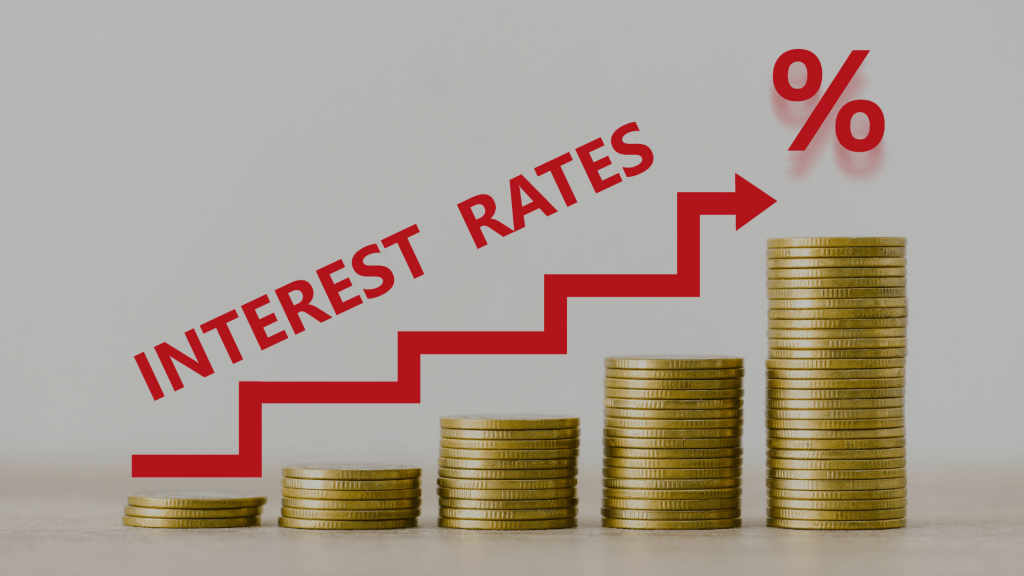How Interest Rates in Australia Impact Your Property Investments
Interest rates play a significant role in shaping the property investment landscape in Australia. As an investor, understanding how these rates influence your decisions and potential returns is crucial for long-term success. The interaction between interest rates and property investment in Australia has a history marked by significant shifts that investors must navigate effectively.
How Interest Rates Impact Property Affordability
Interest rates directly affect the cost of borrowing. When rates rise, monthly mortgage repayments increase, potentially decreasing the affordability of new property purchases. For example, a rise in the cash rate by just 1% can add hundreds of dollars per month to mortgage payments, making it essential for investors to plan their finances carefully. This can lead to a cooling effect on property demand, which may stabilize or lower property prices as potential buyers hesitate to enter the market.
Conversely, lower interest rates make borrowing cheaper, encouraging more buyers and investors to finance property acquisitions. This increase in demand can push property prices higher, as competition intensifies among buyers. For property investors in Australia, understanding and anticipating these shifts can inform better strategies for purchasing and cash flow management. It is important to keep an eye on announcements from the Reserve Bank of Australia (RBA) to anticipate when changes in interest rates might occur.
Property Value Trends and Interest Rate Shifts
The property market in Australia often reacts swiftly to changes in interest rates. When rates are high, buyer competition tends to reduce, leading to potential stagnation or decline in property values. This trend can create opportunities for well-capitalized investors to acquire properties at lower prices. For instance, between 2010 and 2012, high interest rates contributed to slower growth in property prices.
On the flip side, when the RBA reduces interest rates, property prices often experience upward pressure. Lower rates mean lower mortgage payments, making homes more affordable and attractive. For example, during periods like 2020-2021, historically low interest rates spurred a boom in property prices across Australia, as many buyers and investors took advantage of favorable borrowing conditions. Recognizing this cyclical relationship helps investors time their market entry and exit points for maximum profitability.
Understanding historical trends in interest rates can be particularly informative. Over the past two decades, Australia has witnessed fluctuations that significantly impacted property values. This historical perspective enables investors to draw parallels and plan for future changes, enhancing their decision-making capabilities.
Strategies for Managing Interest Rate Changes
Fixed vs. Variable Loans: One of the most effective ways to manage exposure to changing interest rates is to choose between fixed and variable-rate mortgages. Fixed-rate loans provide certainty by locking in a specific interest rate for a set period, protecting investors from potential rate hikes. This is especially beneficial during periods of predicted rate increases, as it stabilizes mortgage payments.
Variable-rate loans, however, may offer lower initial rates but come with the risk of fluctuation. If interest rates fall, variable-rate borrowers benefit from reduced payments, but if rates rise, they face higher costs. Investors need to evaluate their risk tolerance and market outlook when deciding which option aligns with their strategy.
Diversification of Investment Portfolio: Diversifying your portfolio by investing in properties across different locations and market segments (e.g., residential, commercial, or industrial) can buffer the impact of changing interest rates. For instance, some areas may be less sensitive to rate changes due to local demand dynamics. This strategy helps spread risk, as the performance of different asset types may not be uniformly impacted by interest rate fluctuations.
Building Cash Reserves: Maintaining a healthy cash reserve is crucial for weathering periods of higher interest rates. When rates unexpectedly rise, having an emergency fund can help manage increased mortgage repayments without disrupting investment returns. This financial buffer is a key component of risk management and ensures that property investments remain sustainable during volatile periods.
| Interest Rate | Typical Impact on Property Market | Investor Strategy |
|---|---|---|
| Rising Rates | Reduced affordability, slower demand | Opt for fixed-rate loans, build reserves |
| Stable Rates | Balanced market, steady demand | Diversify investments, monitor trends |
| Falling Rates | Increased affordability, higher demand | Consider variable rates, expand portfolio |
Preparing for Future Rate Changes
The current outlook for interest rates in Australia suggests a cautious approach. While some economic forecasts predict potential rate stabilization, others indicate possible future hikes, especially as inflation and global economic conditions evolve. Property investors can stay updated by following the latest auction results in Melbourne or regularly reviewing interest rate impacts on the property market, helping them adapt to changes in the interest rate landscape.
Preparing for these changes may involve refinancing existing loans through Simply Wealth Group to lock in more favorable rates, reassessing the balance between fixed and variable loans, or even exploring alternative investments. An adaptive mindset and proactive strategy will ensure a competitive edge in the Australian property market.
In conclusion, navigating the property market amidst fluctuating interest rates requires strategic foresight and flexible planning. By understanding the impact of interest rates on the property market and investment strategies, Australian property investors can ensure sustainable growth and success, regardless of market shifts.











